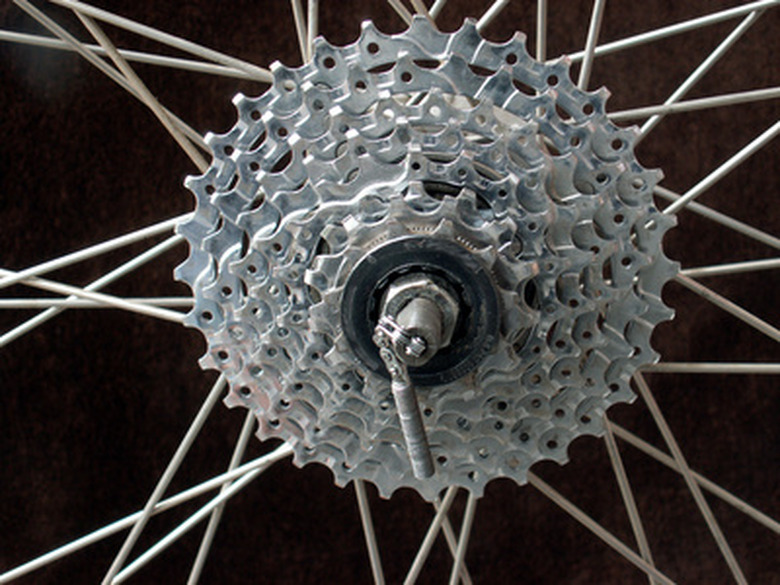How To Calculate Rack & Pinion
Rack and pinion is a process that is used to describe how a rotary motion can be converted to a linear motion. The pinion is a round metal device with teeth that fit into the rack, a straight metal device with teeth. The rotary effort produced from the pinion helps produce the linear motion of the rack. Rack and pinion is often used in vehicles and trains. Calculating the rack and pinion gear ration, involves determining the amount of revolutions achieved by the pinion to produce the distance of the rack, and is commonly used in vehicle and other types of engines and mechanical devices to calculate speed and power capacity.
Step 1
Measure the distance of the rack in inches. The rack is the straight component with teeth.
Step 2
Fit the pinion teeth into the teeth of the rack. It should be a perfect fit and the rack and pinion should be compatible.
Step 3
Push the pinion along the rack until it reaches one complete revolution.
Step 4
Measure the distance on the rack to the point where the pinion achieved a single revolution. The gear ration will be the difference between the length of the rack and how far the pinion was able to go.
Cite This Article
MLA
Martin, Krista. "How To Calculate Rack & Pinion" sciencing.com, https://www.sciencing.com/how-7602582-calculate-rack-pinion/. 7 August 2017.
APA
Martin, Krista. (2017, August 7). How To Calculate Rack & Pinion. sciencing.com. Retrieved from https://www.sciencing.com/how-7602582-calculate-rack-pinion/
Chicago
Martin, Krista. How To Calculate Rack & Pinion last modified March 24, 2022. https://www.sciencing.com/how-7602582-calculate-rack-pinion/
